Menu
Fence lines often provide an excellent opportunity to enhance the beauty and privacy of your property. However, choosing suitable trees to plant along these boundaries requires special consideration to improve the aesthetics and functionality of your outdoor space. As a trusted tree service provider, Driscoll Tree Service can help you make informed choices without compromising the quality of your landscape. Here are some suitable trees for fence lines you should consider.

Thuja Green Giant is a popular choice among tree service professionals for fence lines because of its fast growth rate and dense foliage. This evergreen tree features vibrant green foliage year-round, providing privacy and screening from neighboring properties. Its tall, narrow growth habit makes it an ideal candidate for tight spaces along fences. In addition, Thuja Green Giant is relatively low-maintenance, requiring minimal tree pruning or trimming sessions.
Eastern Red Cedar is a native North American tree known for its durability and adaptability. This evergreen species thrives in various soil types and environmental conditions, making it suitable for fence lines across different regions. Eastern Red Cedar features blue-green foliage and produces bluish berries that attract specific bird species. Its dense growth habit offers excellent privacy and windbreak capabilities, but routine tree pruning is crucial for optimal health. The last thing you want is a severe emergency that requires the expertise of certified arborists or a complete tree removal in the future.

Nellie Stevens Holly evergreen trees are versatile and recommended for hedging and screening purposes along fence lines. This hybrid holly variety features glossy, dark green leaves and produces vibrant red berries during the fall and winter, adding visual interest to the landscape. This species is suitable for its dense growth habit and tolerance to routine tree trimming, allowing you to achieve the desired height and form. Also, its spiny foliage deters intruders, enhancing security along the fence.
For fence lines that require a touch of ornamental beauty, consult a reputable tree care company to determine if Japanese Maple is an excellent choice for your yard. This deciduous tree is famous for its stunning foliage, which comes in various colors, including red, orange, and purple, and is vibrant during fall. The tree’s compact size and graceful branching structure make it well-suited for smaller yards or along fence lines where space is limited. While it may not provide year-round privacy like evergreens, it enhances aesthetic appeal and reduces the frequency of tree trimming projects.
Leyland Cypress is another fast-growing evergreen tree commonly planted along fence lines for privacy and windbreak. This hybrid species combines the best traits of its parent species, resulting in rapid growth and dense foliage. Leyland Cypress features soft, feathery needles and a conical shape, providing excellent screening properties. While it requires regular pruning to maintain its desired height and shape, Leyland Cypress is relatively low-maintenance and tolerant, mitigating premature tree removal.
Selecting the best trees for fence lines requires careful consideration of factors such as growth rate, foliage density, and aesthetic appeal. Whether you prefer the year-round privacy of evergreens like Thuja Green Giant and Eastern Red Cedar or the ornamental beauty of Japanese Maple, the experts at Driscoll Tree Service can help you choose a suitable species. Contact us today and schedule a consultation with our arborists. As a trusted tree care company, we have worked with you to enhance your outdoor space’s beauty, privacy, and functionality for years.

Top Reasons to Hire a Certified Arborist for Tree Services Trees are among the best investments you can make in your property. They offer aesthetic, provide shade, increase home value, and can even give you delicious fruit to enjoy. However,…
Read More
Planting Trees Properly Planting a tree is a rewarding and environmentally conscious act. However, following the proper planting techniques is essential to ensure its long-term health and growth. Here’s a helpful guide through planting a tree. As a professional and…
Read More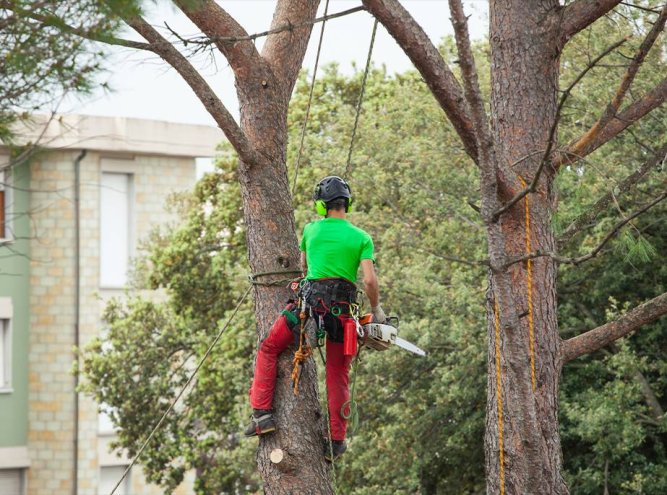
Seasonal Tree Care Tips: Summer Edition As summer kicks into full gear, trees in your yard require special attention to stay healthy and vibrant. As a trusted tree care company, Driscoll Tree Service provides routine inspections and maintenance to protect…
Read More
Benefits of Planting Trees Out of all the things you can do to enhance the aesthetics and value of your property, planting trees is at the top of the list. However, planting trees has many benefits, including social, environmental, and…
Read More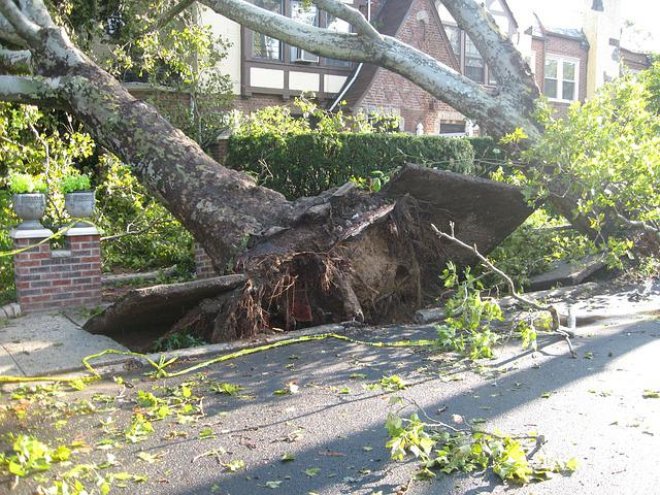
Just like your car needs regular oil changes and tune-ups, your trees also require routine trimming to keep them healthy and enhance safety. Trimming trees may not be your kind of ideal weekend activity, but it helps to keep your…
Read More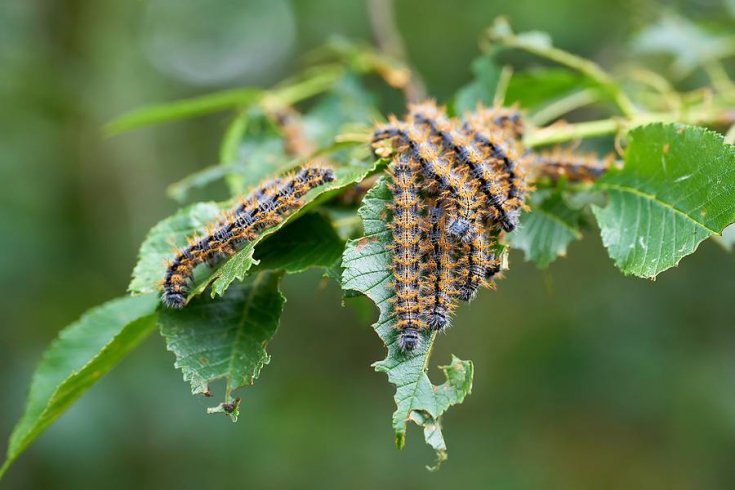
Harmful Pests for Your Trees Trees are beautiful, essential for our environment, and vulnerable to various pests that can cause significant damage. These pests can compromise the health and longevity of trees, leading to their decline or even death. Tree…
Read More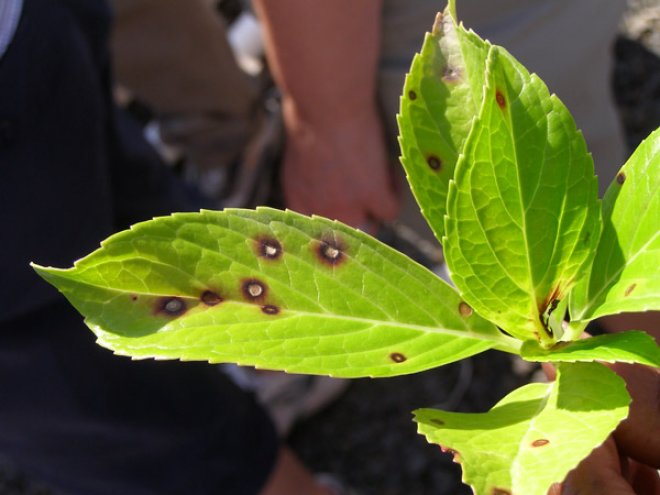
Brown or Black Spots on Tree Leaves As a homeowner, landscaping enhances curb appeal, safety, and property value. This includes scheduling routine inspections with a professional tree service provider. Trees provide many benefits to your home and the ecosystem, hence…
Read More
Trees and Your Home: Tips for Extending the Lifespan of Your Roof A well-maintained roof is crucial for any home, as it protects against the weather and maintains structural integrity. While trees can enhance property beauty and value, if they…
Read More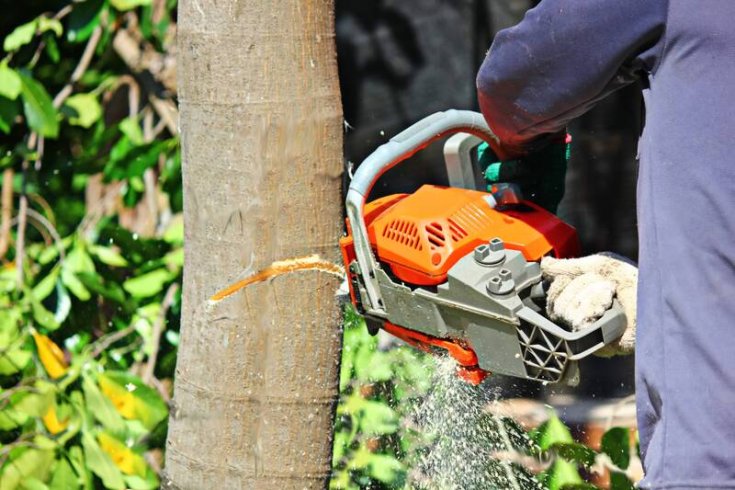
Debunking Common Myths About Tree Removal Trees are magnificent entities that provide many advantages. However, different circumstances like disease, infestation, landscaping needs, or severe damage may prompt tree removal services. While healthy greenery is an asset for property owners, when…
Read More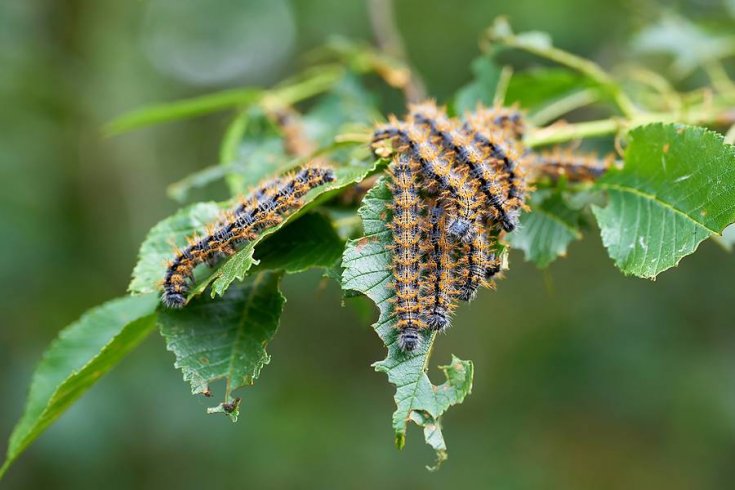
Things That Might Kill Your Beautiful Trees Homeowners strive to have a gorgeous yard with stunning trees. However, routine care is essential to maintain optimal health and longevity. At Driscoll Tree Service, we aim to help you keep your trees…
Read More